Visual Guide to ETFs
$27.39
| Author(s) | |
|---|---|
| Format |
|
| Pages |
257 |
| Publication Year |
2013 |
Visual Guide to ETFs looks at where they fit within the world of investment products, how they are structurally differentiated from other products and among themselves, relevant tax considerations, global listings, growth on a global basis, evolution of the product set, and other topics. Also looking towards the future, the text provides information on finding ETFs―including fund searches, fund news, measuring and valuing ETFs, evaluating their correlation to the underlying sector or commodity being tracked, and more. As a result, the book is a resource not just for understanding ETFs today, but for taking advantage of what’s to come.
Introduction:
The Visual Guide to ETFs begins with a clear and concise description of ETFs and their differences from mutual funds and closed-end funds. In Chapter 1, you will gain a deeper understanding of the basics of the structure: transparency, exchange listing, tax efficiency, and lower costs. You will also see some interesting statistics about the growth of the products and what the future may bring. Then in Chapter 2, you will find a detailed explanation of how the underlying portfolios of the funds work. The details of asset growth and the creation and redemption process enable readers to more fully understand what is happening as assets move in and out of the funds. This is followed by a deep analysis of the short interest of ETFs in Chapter 3.
In Chapter 4, we start to look at the trading of the products in the secondary markets. We examine trading strategies for positioning the funds in your portfolio and delineate the various market participants and their roles. The Visual Guide to ETFs provides the most in-depth available analysis of the liquidity of ETFs. There is a full explanation of ETF implied liquidity, the implied daily tradable shares, and the completely new and unique ETF basket implied liquidity scale (EBILS). In Chapter 5, there is a detailed accounting of what occurred within the ETF market during the flash crash of 2010.
In Chapters 6 and 7, you’ll see detailed explanations for executing order flow in ETFs and strategies for trading the products. In Chapter 8, we look in depth at the various structures of exchange-traded products and how they can provide very different return results than those from seemingly similar investment exposures. And in Chapter 9, we look at some additional sources of information that are available. Finally, in the Appendix, there is a guide to the numerous Bloomberg functions for analyzing ETFs. The book is packed with more than 200 screens and callouts highlighting key points and important terminology for investors.
Contents:
- Characteristics of Modern Investment Products
- Understanding How ETF Portfolios Work: The Primary Markets
- Understanding the Short Interest of ETFs
- Trading and Liquidity of the ETF Markets: The Secondary Markets
- ETFs and the Flash Crash
- How to Execute Orders in ETFs
- Examining ETF Trading Strategies
- Product Labeling and Structural Impact
- Where to Find ETF Information
Visual Guide to ETFs By David J. Abner pdf
5 reviews for Visual Guide to ETFs
Clear filtersOnly logged in customers who have purchased this product may leave a review.


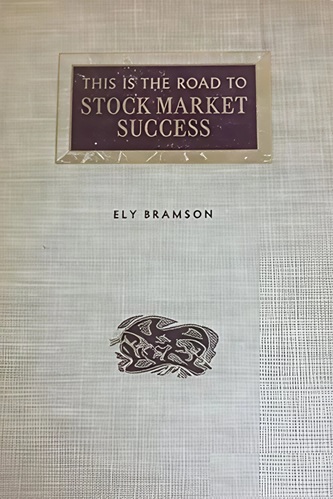
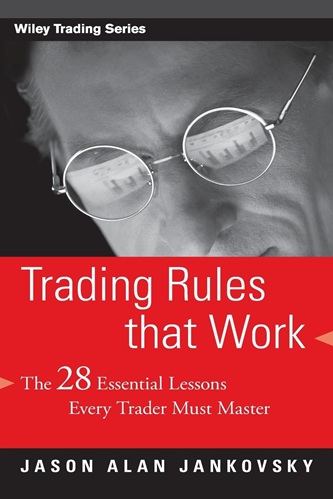
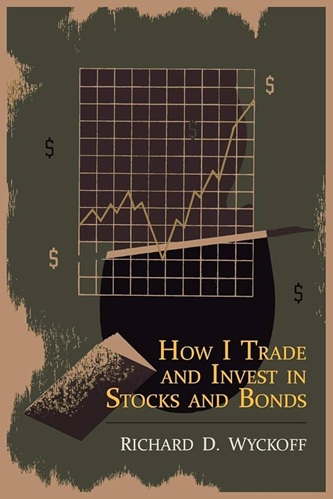

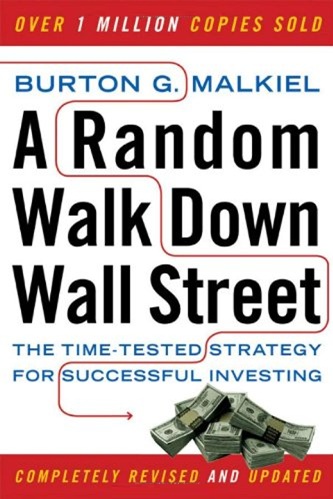

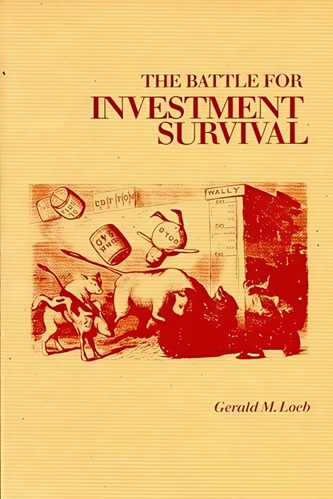

Jon Chen (verified owner) –
Abner is one of the true experts on the ETF industry, and this book goes far to distill that expertise down to the individual investor level. While the book is understandably very bloomberg focussed, it has application even if you aren’t lucky enough to have a terminal on your desk. With thoughtful examples and screenshots, Abner walks an average investor through the ins and outs of what makes ETFs a unique — and compelling — way to express your investment insight.
It’s also worth noting that the books actual design is phenomenal, increasing the likelihood that you’ll actually read it.
Easton Reid (verified owner) –
Dave Abner proves yet again that he is one of the most knowledgeable individuals in the ETF industry with his second book on ETFs. As an industry veteran, he has told the ETF story over and over again for institutional clients around the world. This is proven in his new book, as Abner does a great job of simplifying and explaining some complex concepts in the ETF industry that some of the largest institutions down to individual investors have been asking about for years. Concepts such as the Flash Crash, short interest, creation/redemption and ETF settlement.
As a trader in the ETF industry, I have used the book as not only a reference for myself, but for my institutional clients to go through and further their understanding of the ETF market. It has also been extremely helpful in training new employees not only in the ETF space, but how to utilize Bloomberg in their everyday tasks.
Valeria Reed (verified owner) –
I have spent the last month reading and using the Visual Guide to ETFs. The book is a valuable and user friendly resource on ETFs.
Author David Abner did a commendable job of balancing the accessibility of the material so that amateurs and professionals can gather value from it. Don’t know what an ETF is or how it differs from a mutual fund or closed-end fund? This book has you covered. Need detailed instructions on using Bloomberg or other third party resources to perform individual ETF analysis? The book will guide you through the process.
Besides being accessible to all types of experience levels, another strength of the book is its format. As the title suggests, the Visual Guide to ETFs provides a healthy balance between the written and visual presentation of ETF knowledge. A reader may read the book traditionally, just use the illustrations and screenshots or combine the two in a multi layered approach – it’s a custom experience for each reader. I found this presentation approach refreshing and a helpful way to reinforce concepts that may be best explained in more than one format. (i.e. written and visual)
The Visual Guide to ETFs is an informative and a useful ongoing reference for those interested in ETFs. I would recommend this engaging book to amateurs and professionals.
Charlee Watkins (verified owner) –
This is an excellent book for those in the ETF industry. It is definitely not for the common ETF investor looking to build a portfolio of ETFs. There are a lot of technical trading language and terms which the common person will not understand. The book is thorough in discussing the trading aspect of ETFs and recommend it for ETF portfolio managers.
Nash Norton (verified owner) –
Great book with tons of helpful info about etfs